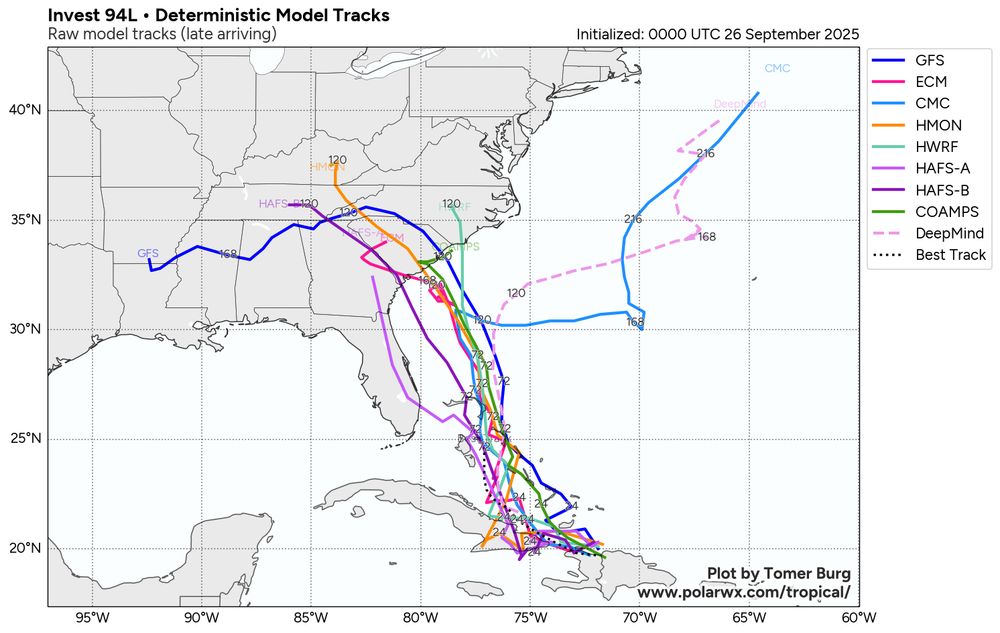Tomer Burg
@burgwx.bsky.social
6.9K followers
160 following
1K posts
Senior meteorological scientist at @windbornewx.bsky.social & web developer
Posts
Media
Videos
Starter Packs
Pinned
Reposted by Tomer Burg


















